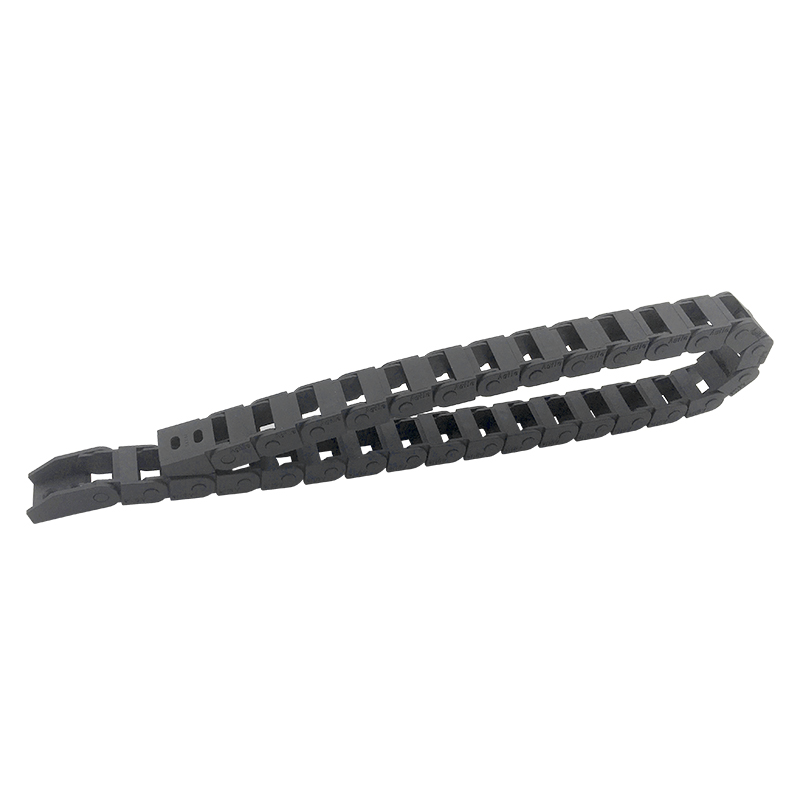synchronous belt drive
Synchronous Belt Drive A Key Component in Mechanical Systems
A synchronous belt drive is a popular mechanical system widely used in various applications ranging from small machinery to large industrial setups. This drive mechanism employs a toothed belt meshed with pulleys, allowing for the precise transfer of motion and power between components. The unique design of the synchronous belt ensures that the belt does not slip, maintaining a consistent speed ratio between the driving and driven pulleys.
One of the primary advantages of synchronous belt drives is their ability to provide synchronous motion. This means that the motion of one pulley is directly correlated with the other, making it ideal for applications requiring high precision and repeatability. Unlike traditional V-belts, which rely on friction to transmit power, synchronous belts engage directly with the teeth of the pulleys. This leads to reduced wear and tear, longer service life, and minimal maintenance requirements.
Synchronous belts are made from high-strength materials such as neoprene or polyurethane, often reinforced with fiberglass or steel for added durability and stability. The teeth on the belt are designed to fit precisely into the grooves of the pulleys, which helps to prevent slippage and allows for a high degree of efficiency. With minimal backlash, these systems are particularly useful in robotics, CNC machines, and conveyor systems where accuracy is paramount.
synchronous belt drive

Moreover, synchronous belt drives are quieter compared to traditional belt drives, as the direct engagement of the belt with the pulleys reduces vibration and noise during operation. This characteristic makes them desirable for applications in environments where noise levels need to be minimized.
Another key benefit of synchronous belts is their ability to handle varying loads. They can efficiently transmit power even in applications with significant load fluctuations, making them versatile for a myriad of mechanical systems. The flexibility in design also allows for different configurations, such as open-loop systems for simple setups or closed-loop systems for more complex machinery.
In conclusion, synchronous belt drives play an essential role in modern mechanical systems, combining efficiency, precision, and durability. Their unique features make them suitable for a wide range of applications, ensuring that they remain a foundational component in the world of engineering and manufacturing. As industries continue to evolve, the importance of reliable and effective power transmission systems like synchronous belt drives is only expected to increase.








